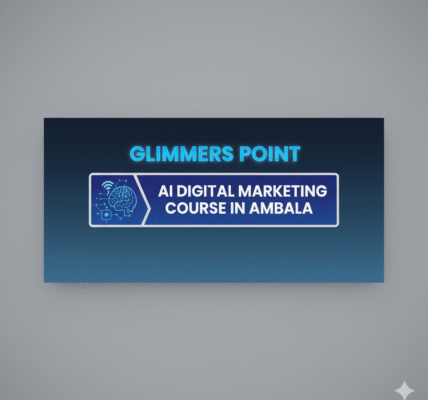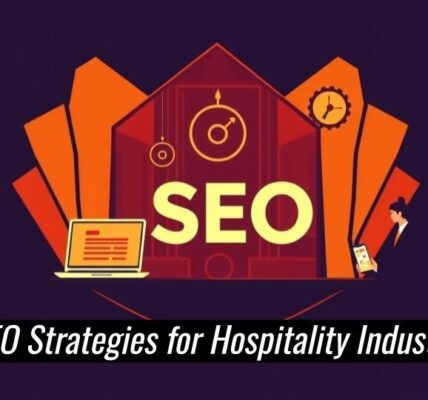From Devices to Intelligence: Building Smarter IoT Ecosystems Introduction to IoT and its potential in the modern world
Introduction to IoT and its potential in the modern world
The Internet of Things (IoT) is reshaping our world, connecting everything from smart home devices to industrial machinery. Imagine a landscape where everyday objects communicate seamlessly, enhancing efficiency and transforming our lives and work. The potential for IoT is immense; it promises to revolutionize industries, improve sustainability, and elevate user experiences.
But as we embrace this exciting technology, it’s crucial to understand the journey of IoT devices so far. While they have made incredible strides in connectivity and functionality, limitations still exist that can hinder their full effectiveness.
As we explore the evolution of these technologies, we’ll delve into what it means for an IoT ecosystem to be truly intelligent, blending hardware with advanced software capabilities like artificial intelligence (AI) and machine learning (ML). With the right IoT integration solutions in place, systems collect data and derive meaningful insights from it.
Join us on this intriguing exploration as we navigate through successful implementations that showcase the true power of smarter IoT ecosystems while acknowledging the challenges ahead. The future holds endless possibilities!
The evolution of IoT devices and their limitations
The journey of IoT devices has been remarkable. From simple sensors to complex networks, they have transformed how we interact with technology. Initially, these devices focused solely on connectivity, relaying data from one point to another.
However, as more devices entered the market, limitations became apparent. Many could not process information locally or make real-time decisions. This reliance on cloud services often led to latency issues and raised concerns about data privacy.
Energy consumption emerged as another challenge. While some devices thrived on minimal power use, others consumed significant energy for basic operations.
As manufacturers strive for innovation in IoT embedded systems, understanding these limitations is crucial. The need for smarter solutions that can seamlessly integrate into existing infrastructures remains paramount in overcoming today’s hurdles.
The concept of intelligence in IoT ecosystems
Intelligence in IoT ecosystems transcends basic connectivity. It embodies the ability to analyze data, learn from it, and make informed decisions.
At its core, intelligent IoT systems leverage advanced algorithms. These algorithms process vast amounts of information generated by devices. They identify patterns that humans might overlook.
This intelligence transforms raw data into actionable insights. For instance, smart homes can adjust energy consumption based on user habits. Similarly, industrial applications optimize supply chains through predictive maintenance.
Moreover, integrating artificial intelligence enhances responsiveness. Machines not only react but anticipate needs and challenges in real-time.
As we embrace this concept of intelligence, new possibilities emerge for automation and efficiency across various sectors. The synergy between devices fosters an interconnected ecosystem where innovation knows no bounds.
Advancements in AI and machine learning for smarter IoT systems
Recent advancements in artificial intelligence and machine learning have transformed the landscape of IoT embedded systems. These technologies enable devices to learn from data, adapt to changing conditions, and make autonomous decisions.
With AI algorithms, IoT systems can analyze vast amounts of information collected from various sensors in real-time. This capability enhances predictive maintenance, allowing businesses to address potential failures before they occur.
Machine learning models also facilitate smarter resource management by optimizing energy consumption and improving overall efficiency. For instance, smart grids utilize these innovations to balance supply and demand dynamically.
Moreover, natural language processing allows users to interact with their IoT devices more intuitively. Voice commands can seamlessly control everything from home appliances to complex industrial machinery.
Such enhancements create a foundation for intelligent ecosystems that respond proactively rather than reactively, paving the way for unprecedented levels of automation and interconnectivity.
Case studies of successful intelligent IoT implementations
One standout example of intelligent IoT implementation is in agriculture. Smart sensors monitor soil moisture levels and weather conditions. Farmers receive real-time data, allowing them to optimize irrigation and improve crop yields.
In urban settings, smart city projects leverage IoT devices for traffic management. Sensors collect data on vehicle flow and congestion points. This information helps city planners make informed decisions, reducing commute times and enhancing air quality.
Another remarkable case can be seen in healthcare. Wearable devices track patient vitals and send alerts to medical professionals when abnormalities arise. This proactive approach not only saves lives but also streamlines hospital operations.
Retail environments are embracing IoT as well. Intelligent inventory systems track stock levels automatically, ensuring that shelves are always stocked while minimizing waste.
Each of these examples highlights the transformative potential of integrating intelligence into IoT ecosystems across various sectors.
Challenges and ethical considerations in building smarter IoT ecosystems
Building smarter IoT ecosystems comes with its share of challenges. Privacy concerns are at the forefront. As devices gather data, ensuring user consent and transparency becomes crucial.
Security is another significant issue. With countless connected devices, vulnerabilities can arise. A single breach could compromise an entire network, leading to potential misuse of sensitive information.
Ethical considerations also play a role in decision-making processes for AI algorithms used in these systems. Bias in machine learning can lead to skewed results that affect users unfairly.
Furthermore, there’s the challenge of sustainability. As demand for more sophisticated IoT solutions grows, so does energy consumption and electronic waste—issues that cannot be ignored.
Regulatory frameworks need to catch up with rapid advancements in technology. Without clear guidelines, innovation may face unnecessary hurdles or become stifled altogether as companies navigate compliance complexities.
Future possibilities and advancements in the field
The future of IoT embedded systems holds exciting potential. As connectivity expands, devices will communicate more seamlessly than ever. Imagine smart cities where traffic signals adapt in real-time based on vehicle flow, enhancing efficiency and reducing congestion.
Advancements in quantum computing could revolutionize data processing for IoT integration solutions. This would enable smarter decision-making within seconds, allowing systems to learn from vast datasets instantaneously.
Furthermore, the rise of edge computing promises to reduce latency significantly. Devices can process information locally rather than relying solely on cloud servers. This means faster responses and increased reliability for critical applications such as healthcare and manufacturing.
Innovations in energy harvesting techniques are also on the horizon. These advancements will allow IoT devices to operate longer without traditional power sources, making them even more versatile in remote locations.
As we push the boundaries of technology, the integration of augmented reality with IoT could transform user experiences entirely, creating immersive environments that respond dynamically to our needs.
Conclusion
The evolution of principles of ui ux design has opened doors to unprecedented opportunities. As we integrate intelligence into our IoT ecosystems, we unlock the potential for enhanced efficiency and innovation across various sectors. From smart homes that learn user preferences to industrial applications that optimize supply chains, intelligent IoT solutions are making a significant impact.
However, as with any rapidly advancing technology, challenges remain. Addressing security concerns and ethical considerations is crucial in ensuring trust and safety in these interconnected environments. The collaboration between AI advancements and machine learning will continue to redefine what’s possible within IoT integration solutions.
Looking ahead, the future holds immense promise for smarter IoT ecosystems. With continuous improvements in connectivity and data processing capabilities, businesses can expect even more sophisticated applications tailored to their needs.
As we embrace this transformative journey, staying informed about trends and best practices will be essential for leveraging the full potential of intelligent IoT systems. The landscape is evolving fast; engaging with it proactively may lead us toward exciting developments yet unseen.



